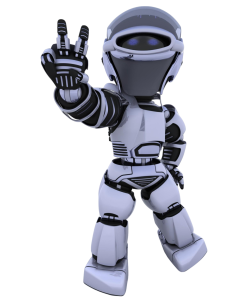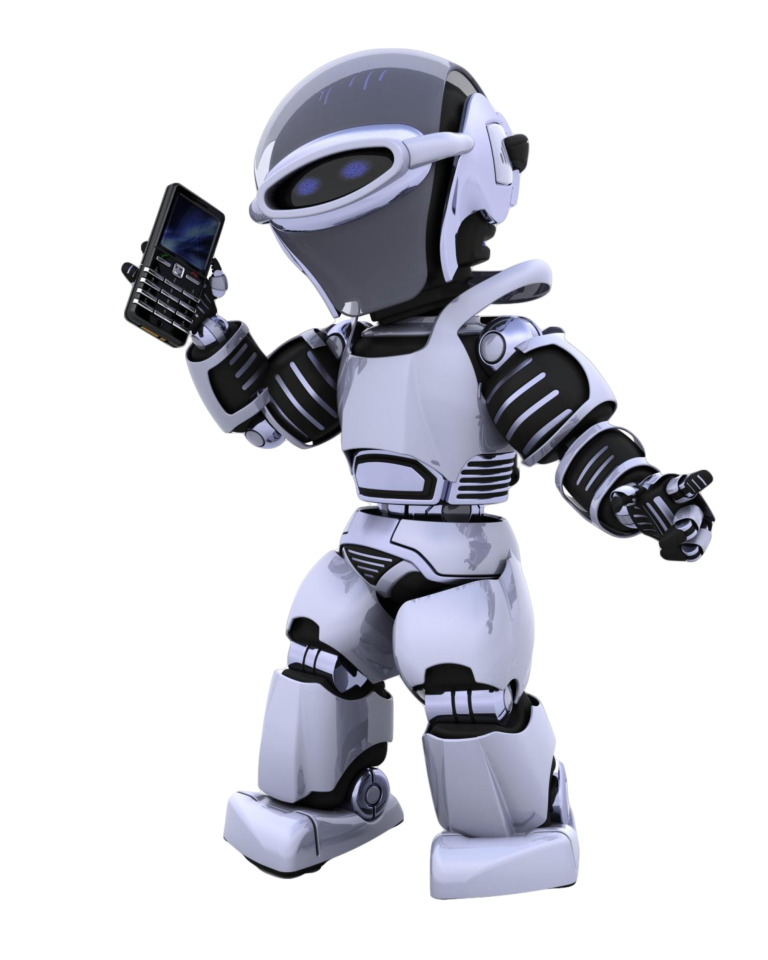What is a chatbot?
A chatbot is an artificial intelligence (AI) program that simulates human conversation through text or voice interactions. It is designed to provide automated responses to user inquiries and perform tasks such as booking appointments, answering FAQs, and providing customer support. Chatbots can be integrated into messaging platforms, mobile apps, and websites, making them easily accessible to users 24/7.
Benefits of implementing a chatbot on your website
1. Improved Customer Service: Chatbots can handle a large volume of customer inquiries simultaneously without the need for human intervention. This leads to faster response times, reduced wait times, and increased customer satisfaction.
2. Cost-Effective: Chatbots can save businesses money by reducing the need for human customer support agents. They can handle routine tasks and FAQs, freeing up agents to focus on more complex issues.
3. Increased Efficiency: Chatbots can perform tasks quickly and accurately, reducing errors and increasing productivity. They can also provide personalized recommendations and offers to customers based on their preferences and previous interactions.
4. 24/7 Availability: Chatbots can be available to customers at all times, even outside of business hours. This ensures that customers can get the support they need whenever they need it.
Types of chatbots
1. Rule-Based Chatbots: These chatbots follow a predefined set of rules and responses to handle user inquiries. They are limited in their capabilities and can only respond to specific keywords or phrases.
2. AI-Powered Chatbots: These chatbots use machine learning and natural language processing (NLP) to understand and respond to user inquiries. They can learn and adapt over time, improving their accuracy and efficiency.
How to create a chatbot for your website
1. Define Your Objectives: Determine the purpose of your chatbot and the tasks it will perform. This will help you choose the right type of chatbot and design its conversation flow.
2. Choose a Platform: There are many chatbot development platforms available such as Dialogflow, Botpress, and ManyChat. Choose one that suits your needs and budget.
3. Design the Conversation Flow: Create a script that outlines the conversation flow between the chatbot and the user. This will help ensure that the chatbot can handle user inquiries and provide accurate responses.
4. Test and Launch: Test your chatbot to identify and fix any issues. Once it is ready, launch it on your website and monitor its performance.
Best practices for chatbot implementation
1. Keep it Simple: Design your chatbot to be easy to use and understand. Use simple language and avoid technical jargon.
2. Provide Options: Give users the option to speak with a human agent if their inquiry cannot be handled by the chatbot.
3. Personalize the Experience: Use the user’s name and previous interactions to provide personalized responses and recommendations.
4. Monitor Performance: Monitor the chatbot’s performance regularly and make adjustments as needed to improve its accuracy and efficiency.
Examples of successful chatbot implementations
1. H&M: H&M’s chatbot helps customers find the perfect outfit by asking them questions about their style and preferences.
2. Domino’s Pizza: Domino’s Pizza’s chatbot allows customers to order pizza and track their delivery status through Facebook Messenger.
3. Capital One: Capital One’s chatbot helps customers manage their finances by providing account information, transaction history, and bill payment options.
Challenges of implementing a chatbot
1. Lack of Human Interaction: Chatbots cannot replace human interaction entirely, and some customers may prefer to speak with a human agent.
2. Training and Maintenance: Chatbots require time and resources to train and maintain, and their performance can be affected by changes in user behavior and language.
3. Integration Issues: Integrating a chatbot into an existing website or platform can be challenging and require technical expertise.
Future of chatbots in website design
The use of chatbots in website design is expected to increase in the coming years. Advancements in AI and NLP technology will allow chatbots to become even more intelligent and capable of handling complex tasks. Chatbots may also be integrated with other emerging technologies such as virtual and augmented reality, providing users with a more immersive and interactive experience.

